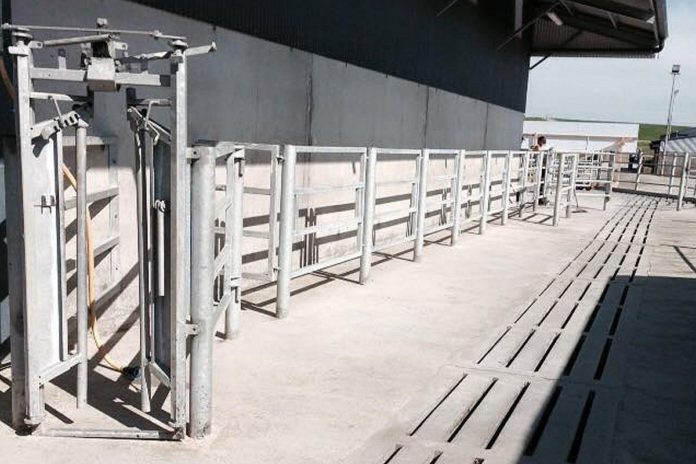According to the Department of Agriculture, Food and the Marine, farmers can take “several practical” actions to reduce the likelihood of a TB outbreak.
Bovine TB levels have been rising in the country since 2016 and all stakeholders need to take “urgent action”.
Figures from the DAFM show that dairy herds accounted for 34% of breakdowns last year, while in 2021, 59% of reactors were in dairy herds.
Reduce TB risk in cattle herds
In documentation released by Teagasc, DAFM representatives explained how individual dairy farmers can protect their cattle from TB by taking steps to address the risk factors for a breakdown.
- Consider culling older animals, particularly those that were alive during a previous breakdown. The risk is that some may have undetected TB infections which can restart a breakdown;
- Maintain a closed herd if possible. Cattle exposed to TB recently may have undetected infections and bring the disease into your herd, the DAFM explained;
- Animals that previously tested inconclusive and subsequently tested clear are at a higher risk of being infected with TB and spreading disease within your herd. Cull these cattle no later than the end of their current production cycle;
- Source cattle from herds which have not had a TB breakdown in recent years and buy cattle with a recent test date;
- When selecting bulls for breeding choose ones that are genetically more resistant to TB by using the ICBF traffic light system. According to the DAFM, this can reduce the number of exposed cattle which become infected, if your herd does subsequently experience a TB breakdown;
- Look for badger setts and activity on your farm. The DAFM advises to take steps to reduce badger to cattle contact on your farm. For example, secure sheds/feed stores, raise troughs and fence off setts and latrines. Furthermore, do not feed concentrates on the ground as badgers can spread saliva in that area while finishing any leftovers, exposing cattle if they then feed off that area again;
- Cleanse and disinfect shared machinery and areas where bTB infected cattle were kept. This is because the TB bacteria can survive in the environment and cause new infections.
Fences and testing facilities
- Maintain good hygiene practices even when your herd is not in a breakdown. This includes regular cleaning and disinfection of feed and water troughs and facilities where cattle are gathered and handled;
- Ensure boundary fences are well maintained. Furthermore, avoid mixing groups of cattle which are normally managed separately
- If you engage in contract rearing, ask the rearer to take steps to reduce TB risk and have a contingency plan for a TB breakdown in either herd.
- Ensure “good quality” testing facilities are available and provide your vet with any assistance required. Each animal must be identified and have its skin thickness measured on both days of the test. If TB is present but is missed, it will spread further within your herd, the DAFM says;
Other farming news articles on That’s Farming:
‘A cow would have to sell at least €2,100 in milk sales to break even’





